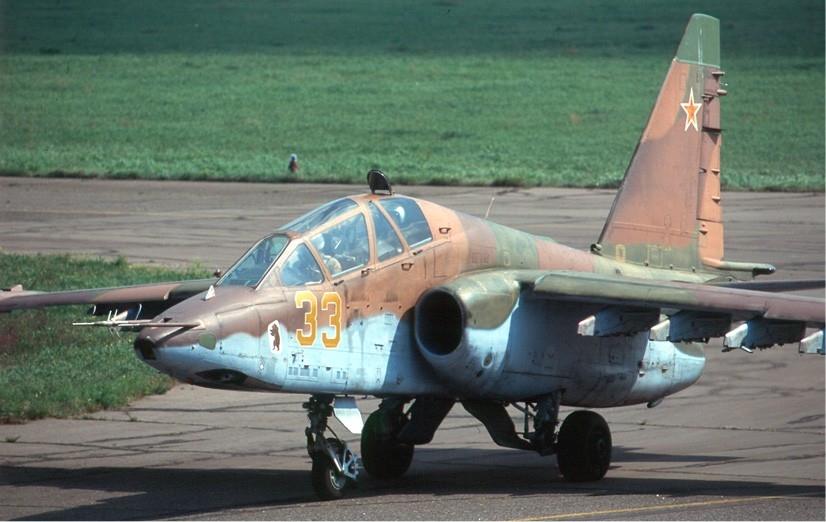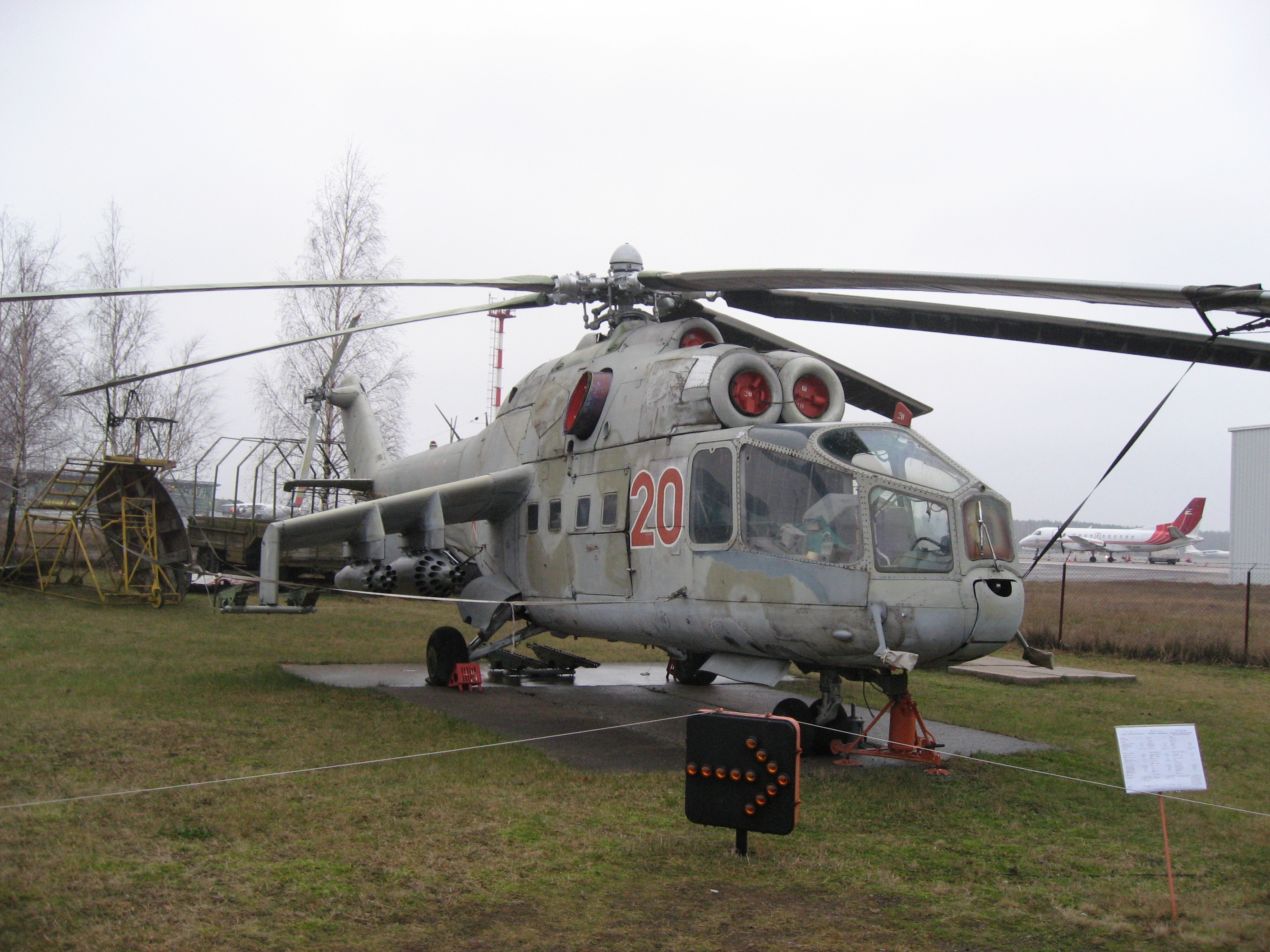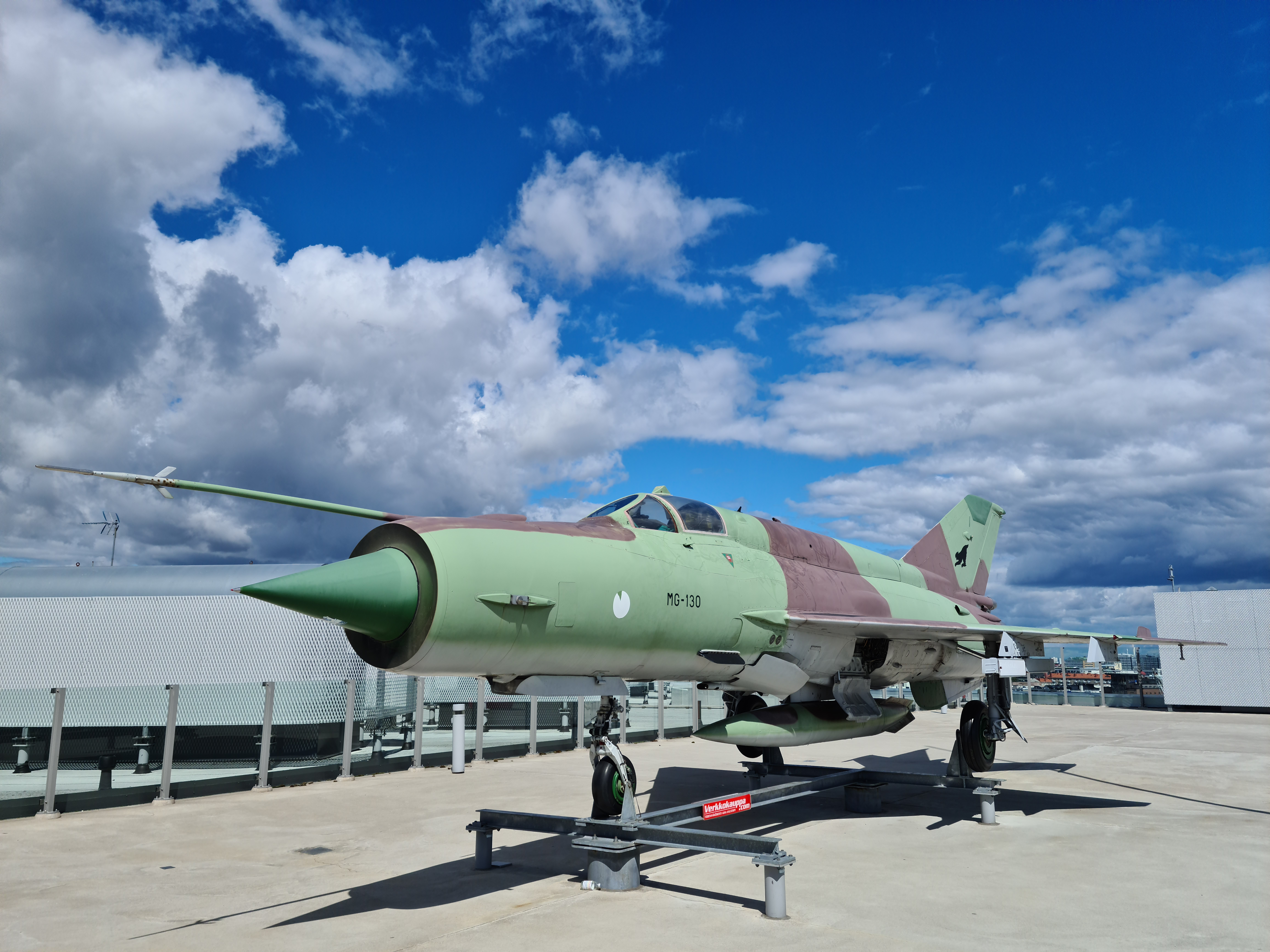|
Sudanese Air Force
The Sudanese Air Force () is the air force, aerial warfare branch of the Military of Sudan, Sudanese Armed Forces. It was established in 1956 following Sudan's independence earlier that year, and first saw action in the First Sudanese Civil War. History The Sudanese Air Force was founded immediately after Sudan gained independence from the United Kingdom in 1956. The British assisted in the Air Force's establishment, providing equipment and training. Four new BAC Jet Provost, Hunting Provost T Mk 51s were delivered for jet training in 1961. In 1958, the Sudanese Air Force's transport wing acquired its first aircraft, a single Percival Pembroke, Hunting President. In 1960 the Sudanese Air Force received an additional four re-furbished Royal Air Force, RAF Provosts and two more Hunting Presidents. Also in 1960, the transport wing's capability was increased by the addition of two Percival Pembroke, Pembroke C Mk 54s. The SAF gained its first combat aircraft when 12 BAC Jet Provost, ... [...More Info...] [...Related Items...] OR: [Wikipedia] [Google] [Baidu] [Amazon] |
Sudanese Civil War (2023–present)
A civil war began on 15 April 2023 between two rival factions of the military government of Sudan. The conflict involves the Sudanese Armed Forces (SAF), led by General Abdel Fattah al-Burhan, and the paramilitary Rapid Support Forces (RSF), commanded by Mohamed Hamdan Dagalo (commonly known as Hemedti), who also leads the broader Janjaweed coalition. Several smaller armed groups have also taken part. Fighting has been concentrated Battle of Khartoum (2023–2025), in the capital, Khartoum, where the conflict began with large-scale battles, and in the Darfur region. Many civilians in Darfur have been reported dead as part of the Masalit massacres (2023–present), Masalit massacres, which have been described as ethnic cleansing or genocide. Sudan has been described as facing the world’s worst humanitarian crisis; nearly 25 million people are experiencing Famine in Sudan (2024–present), extreme hunger. On 7 January 2025, the United States said it had determined that the RSF ... [...More Info...] [...Related Items...] OR: [Wikipedia] [Google] [Baidu] [Amazon] |
Su-25
The Sukhoi Su-25 ''Grach'' ( ('' rook''); NATO reporting name: Frogfoot) is a subsonic, single-seat, twin-engine jet aircraft developed in the Soviet Union by Sukhoi. It was designed to provide close air support for Soviet Ground Forces. The first prototype made its maiden flight on 22 February 1975. After testing, the aircraft went into series production in 1978 in Tbilisi in the Georgian Soviet Socialist Republic. Early variants included the Su-25UB two-seat trainer, the Su-25BM for target-towing, and the Su-25K for export customers. Some aircraft were upgraded to the Su-25SM standard in 2012. The Su-25T and the Su-25TM (also known as the Su-39) were further developments, not produced in significant numbers. The Su-25, and the Su-34, were the only armoured, fixed-wing aircraft in production in 2007.Gordon and Dawes 2004. Su-25s are in service with Russia, other CIS members, and export customers. Production of the Su-25 ended in 2010 in Georgia. Attempts continue to be ma ... [...More Info...] [...Related Items...] OR: [Wikipedia] [Google] [Baidu] [Amazon] |
Hongdu JL-8
The Hongdu JL-8 (Nanchang JL-8), also known as the Karakorum-8 or K-8 for short, is a two-seat intermediate jet trainer and light attack aircraft designed by China Nanchang Aircraft Manufacturing Corporation and Pakistan Aeronautical Complex. The primary contractor is the Hongdu Aviation Industry Corporation. Development The JL-8 trainer was proposed as a joint cooperation effort between the governments of Pakistan and the People's Republic of China in 1986. The name was changed on the suggestion of Pakistan's President Zia ul Haq to Karakoram-8 to represent the friendship between the two countries. Work on the design started in 1987 at Nanchang Aircraft Manufacturing Company (NAMC) at Nanchang, Jiangshi Province in South Central China. The Chinese chief designer of the aircraft was Shi Ping (), heading a team of over 100 Chinese Engineers, while Air Cdr Muhammad Younas Tbt (M), SI(M) was the chief designer from the Pakistani side leading a team of over 20 Pakistani enginee ... [...More Info...] [...Related Items...] OR: [Wikipedia] [Google] [Baidu] [Amazon] |
Mil Mi-35
The Soviet and later Russian Mil Mi-24 helicopter has been produced in many variants, as described below. History In 1966, Soviet aircraft designer Mikhail Mil created a mock-up design of a new helicopter (derived from the Mil Mi-8) which was made with the intent of fulfilling both the role of a close air support aircraft as well as being able to transport infantry into combat. This prototype design was designated the V-24, and in 1968 a directive was given to proceed with the development of the helicopter. The Mi-24 went from the drawing board to the first test-flights in less than eighteen months, with the first models being delivered to the Soviet Armed Forces for evaluation in 1971. As a result of the speedy development, the initial Mi-24 variants had a number of problems: lateral roll, weapon sighting issues, and a limited field of view for the pilot. A later redesign of the Mi-24's front section solved most of these problems. List of variants ;A-10: Designation given to ... [...More Info...] [...Related Items...] OR: [Wikipedia] [Google] [Baidu] [Amazon] |
Mil Mi-24
The Mil Mi-24 (; NATO reporting name: Hind) is a large helicopter gunship, attack helicopter and low-capacity transport helicopter, troop transport with room for eight passengers. It is produced by Mil Moscow Helicopter Plant and was introduced by the Soviet Air Forces, Soviet Air Force in 1972. The helicopter is currently in use by 58 countries. In NATO circles, the export versions, Mi-25 and Mi-35, are denoted with a letter suffix as "Hind D" and "Hind E". Soviet pilots called the Mi-24 the "flying tank" (), a term used historically with the famous World War II Soviet Ilyushin Il-2#"The Flying tank", Il-2 ''Shturmovik'' armored ground attack aircraft. Other common unofficial nicknames were "Galina" (or "Galya"), "Crocodile" (), due to the helicopter's camouflage scheme, and "faceted glass, Drinking Glass" (), because of the flat glass plates that surround earlier Mi-24 variants' cockpits. Development During the early 1960s, it became apparent to Soviet designer Mikhail Mil th ... [...More Info...] [...Related Items...] OR: [Wikipedia] [Google] [Baidu] [Amazon] |
Bell 212
The Bell 212 (also known as the ''Bell Two-Twelve'') is a two-blade, twin-engine, medium helicopter that first flew in 1968. Originally manufactured by Bell Helicopter in Fort Worth, Texas, United States, production was moved to Mirabel, Quebec, Canada in 1988, along with all Bell commercial helicopter production after that plant opened in 1986. The 212 was marketed to civilian operators and has up to a 15-seat capacity, with one pilot and fourteen passengers. In cargo-carrying configuration, the 212 has an internal capacity of 220 ft3 (6.23 m3). An external load of up to 5,000 lb (2,268 kg) can be carried. Development Based on the stretched fuselage Bell 204/205, Bell 205, the Bell 212 was originally developed for the Canadian Forces as the ''CUH-1N'' and later redesignated as the ''Bell UH-1N Twin Huey, CH-135''. The Canadian Forces took delivery of 50 starting in May 1971. At the same time the Military of the United States, United States military services o ... [...More Info...] [...Related Items...] OR: [Wikipedia] [Google] [Baidu] [Amazon] |
Bell 205
The Bell 204 and 205 are the civilian versions of the UH-1 Iroquois single-engine military helicopter of the Huey family of helicopters. They are type-certificated in the transport category and are used in a wide variety of applications, including crop dusting, cargo lifting, Forestry Operations, and aerial firefighting. Development Bell designed its Model 204 in response to a 1955 United States Army requirement for a utility helicopter. The 204 was a giant step forward in helicopter design, being one of the first to be powered by a turboshaft. The turboshaft engine radically improved the practicality of the helicopter due to its light weight and high power-to-weight ratio, lower fuel consumption, and lower maintenance and operating costs. The use of a turboshaft in the 204 allowed it to carry a useful payload over respectable ranges and at reasonable speeds, which resulted in the 204 and subsequent 205 becoming the most successful western helicopter series in terms of n ... [...More Info...] [...Related Items...] OR: [Wikipedia] [Google] [Baidu] [Amazon] |
Mil Mi-17
The Mil Mi-17 (NATO reporting name: Hip) is a Soviet-designed Russian military helicopter family introduced in 1975 (Mi-8M), continuing in production at two factories in Russia, in Kazan and Ulan-Ude. It is known as the Mi-8M series in Russian service. The helicopter is mostly used as a medium twin-turbine transport helicopter, as well as an armed gunship version. Development Developed from the basic Mi-8 airframe, the Mi-17 was fitted with the larger Klimov TV3-117MT engines, rotors, and transmission developed for the Mi-14, along with fuselage improvements for heavier loads. Optional engines for " hot and high" conditions are the Isotov TV3-117VM. Recent exports to China and Venezuela for use in high mountains have the new Klimov VK-2500 version of the Klimov TV3-117 engine with FADEC control. The designation Mi-17 is for export; the Russian armed forces call it the Mi-8MT. The Mi-17 is recognisable by the tail rotor on the port side instead of the starboard side, a ... [...More Info...] [...Related Items...] OR: [Wikipedia] [Google] [Baidu] [Amazon] |
Mil Mi-8
The Mil Mi-8 (, NATO reporting name: Hip) is a medium twin-turbine helicopter, originally designed by the Soviet Union, Soviet Central Aerohydrodynamic Institute, Central Aerohydrodynamic Institute (TsAGI) in the 1960s and introduced into the Soviet Air Forces, Soviet Air Force in 1968. Russian production of the aircraft model still continues as of 2024. In addition to its most common role as a Military transport aircraft, transport helicopter, the Mi-8 is also used as an airborne command post, armed helicopter gunship, gunship, and reconnaissance platform. The Mi-8 is the world's List of most-produced rotorcraft, most-produced helicopter, with over 17,000 units used by over 50 countries. As of 2015, when combined with the related Mil Mi-17, the two helicopters are the third most common operational military aircraft in the world. Design and development Mikhail Mil originally approached the Soviet government with a proposal to design an all-new two-engined turbine helicopter i ... [...More Info...] [...Related Items...] OR: [Wikipedia] [Google] [Baidu] [Amazon] |
Shenyang J-6
The Shenyang J-6 (wikt:歼, Chinese: 歼-6; designated F-6 for export versions; NATO reporting name: Farmer) is the Chinese version of the Soviet Mikoyan-Gurevich MiG-19, MiG-19 'Farmer' fighter, the world's first mass-produced supersonic aircraft. Design and development Although the MiG-19 had a comparatively short life in Soviet service, the Chinese came to value its agility, turning performance, and powerful cannon armament, and produced it for their own use between 1958 and 1981. While the basic Soviet-built MiG-19 has been retired from all nations, the Shenyang J-6 still flies for nine of its original 15 operators, however, in a very limited capacity. The J-6 airframe contributed to the Chinese ground attack version, the Nanchang Q-5, Q-5, which still flies for numerous nations. The J-6 was considered "disposable" and was intended to be operated for only 100 flight hours (or approximately 100 sorties) before being overhauled. The Pakistan Air Force was often able to ex ... [...More Info...] [...Related Items...] OR: [Wikipedia] [Google] [Baidu] [Amazon] |
Chengdu J-7
The Chengdu J-7 (wikt:歼, Chinese: 歼-7; third generation export version F-7; NATO reporting name: Fishcan) is a People's Republic of China, Chinese fighter aircraft. It is a licensed production, license-built version of the Soviet Mikoyan-Gurevich MiG-21, and thus shares many similarities with that aircraft. The aircraft is armed with short-range, infrared homing Air-to-air missile, air-to-air missiles and is mainly designed for short range air-to-air combat. The aircraft is also used for close air support. On 30 March 1962, the Soviet Union and China signed a technology transference arrangement pertaining to the MiG-21. Allegedly, while various kits, components, completed aircraft and associated documents were delivered to the Shenyang Aircraft Corporation, Shenyang Aircraft Factory, the design documentation was incomplete, and Chinese designers made efforts to Reverse engineering, reverse engineer the aircraft. While the two aircraft are greatly similar, areas of difference ... [...More Info...] [...Related Items...] OR: [Wikipedia] [Google] [Baidu] [Amazon] |
MiG-21
The Mikoyan-Gurevich MiG-21 (; NATO reporting name: Fishbed) is a supersonic jet aircraft, jet fighter aircraft, fighter and interceptor aircraft, designed by the Mikoyan, Mikoyan-Gurevich OKB, Design Bureau in the Soviet Union. Its nicknames include: "''Balalaika''", because its planform (aeronautics), planform resembles the balalaika, stringed musical instrument of the same name; "''Ołówek''", Polish language, Polish for "pencil", due to the shape of its fuselage, and "''Én Bạc''", meaning "silver swallow", in Vietnamese language, Vietnamese. Approximately 60 countries across four continents have flown the MiG-21, and it still serves many nations seven decades after its maiden flight. It set aviation records, becoming List of most-produced aircraft, the most-produced supersonic jet aircraft in aviation history, the most-produced combat aircraft since the Korean War and, previously, the longest production run of any combat aircraft. Development Origins The MiG-21 jet figh ... [...More Info...] [...Related Items...] OR: [Wikipedia] [Google] [Baidu] [Amazon] |










